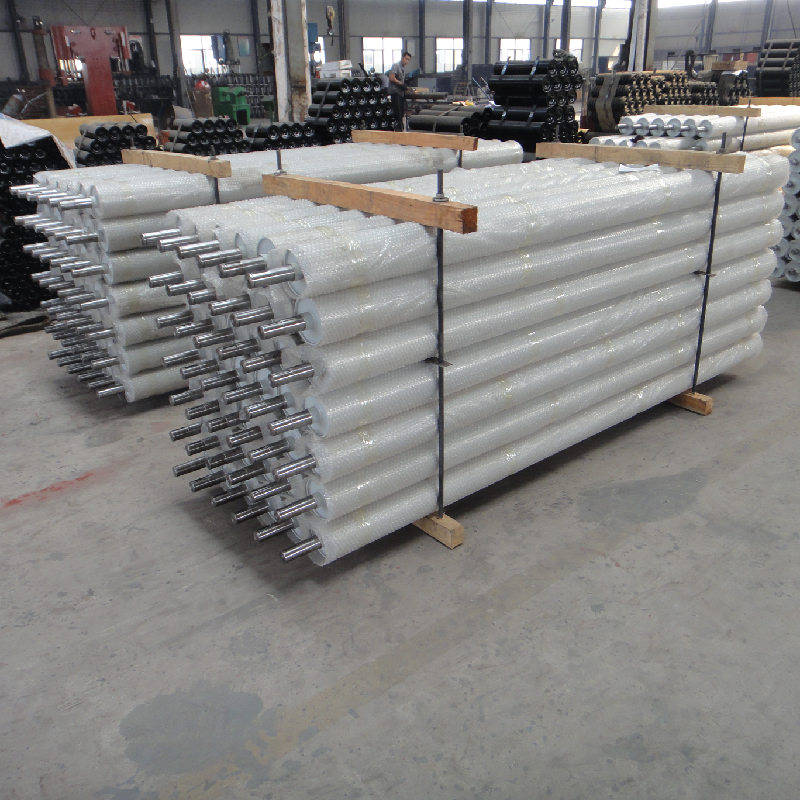 Afrikaans
Afrikaans  Albanian
Albanian  Amharic
Amharic  Arabic
Arabic  Armenian
Armenian  Azerbaijani
Azerbaijani  Basque
Basque  Belarusian
Belarusian  Bengali
Bengali  Bosnian
Bosnian  Bulgarian
Bulgarian  Catalan
Catalan  Cebuano
Cebuano  Corsican
Corsican  Croatian
Croatian  Czech
Czech  Danish
Danish  Dutch
Dutch  English
English  Esperanto
Esperanto  Estonian
Estonian  Finnish
Finnish  French
French  Frisian
Frisian  Galician
Galician  Georgian
Georgian  German
German  Greek
Greek  Gujarati
Gujarati  Haitian Creole
Haitian Creole  hausa
hausa  hawaiian
hawaiian  Hebrew
Hebrew  Hindi
Hindi  Miao
Miao  Hungarian
Hungarian  Icelandic
Icelandic  igbo
igbo  Indonesian
Indonesian  irish
irish  Italian
Italian  Japanese
Japanese  Javanese
Javanese  Kannada
Kannada  kazakh
kazakh  Khmer
Khmer  Rwandese
Rwandese  Korean
Korean  Kurdish
Kurdish  Kyrgyz
Kyrgyz  Lao
Lao  Latin
Latin  Latvian
Latvian  Lithuanian
Lithuanian  Luxembourgish
Luxembourgish  Macedonian
Macedonian  Malgashi
Malgashi  Malay
Malay  Malayalam
Malayalam  Maltese
Maltese  Maori
Maori  Marathi
Marathi  Mongolian
Mongolian  Myanmar
Myanmar  Nepali
Nepali  Norwegian
Norwegian  Norwegian
Norwegian  Occitan
Occitan  Pashto
Pashto  Persian
Persian  Polish
Polish  Portuguese
Portuguese  Punjabi
Punjabi  Romanian
Romanian  Russian
Russian  Samoan
Samoan  Scottish Gaelic
Scottish Gaelic  Serbian
Serbian  Sesotho
Sesotho  Shona
Shona  Sindhi
Sindhi  Sinhala
Sinhala  Slovak
Slovak  Slovenian
Slovenian  Somali
Somali  Spanish
Spanish  Sundanese
Sundanese  Swahili
Swahili  Swedish
Swedish  Tagalog
Tagalog  Tajik
Tajik  Tamil
Tamil  Tatar
Tatar  Telugu
Telugu  Thai
Thai  Turkish
Turkish  Turkmen
Turkmen  Ukrainian
Ukrainian  Urdu
Urdu  Uighur
Uighur  Uzbek
Uzbek  Vietnamese
Vietnamese  Welsh
Welsh  Bantu
Bantu  Yiddish
Yiddish  Yoruba
Yoruba  Zulu
Zulu v belt idler
Understanding V-Belt Idlers Function, Types, and Applications
V-belt idlers are an essential component in many machinery and power transmission systems. Their primary function is to guide, support, and maintain tension in a V-belt drive system, which is widely used in various industrial applications, from manufacturing processes to automotive engines. By understanding their function, types, and applications, one can appreciate the significance of v-belt idlers in effective and efficient machine operation.
Function of V-Belt Idlers
V-belt drives operate by transferring power through two or more pulleys connected by a belt that features a V-shaped cross-section. The role of the idler in this system is crucial; it serves to tension the belt adequately to prevent slippage and to ensure smooth operation. The proper tension in a V-belt is necessary to maximize power transmission efficiency and prolong the lifespan of both the belt and the pulleys. Without a functioning idler, belts can become loose, leading to increased wear, reduced efficiency, or even complete failure of the drive system.
Types of V-Belt Idlers
There are several types of v-belt idlers, each designed for specific applications and conditions. The most common types include
1. Fixed Idlers These stationary pulleys maintain constant tension on the belt and are typically used where the belt routing is straightforward and does not require any adjustments during operation.
v belt idler

2. Adjustable Idlers This type allows for tension adjustments, making them ideal for setups where belt wear may require periodic tuning for optimal performance.
3. Tensioners Often termed automatic idlers, these devices can adjust tension automatically based on the belt's elongation or load changes. This feature is particularly useful in dynamic applications where conditions frequently change.
Applications of V-Belt Idlers
V-belt idlers are utilized in a wide array of applications. In industrial settings, they are found in conveyor systems, HVAC systems, and manufacturing equipment. In automotive industries, idlers are vital in engine drive systems, providing the necessary tension to various components such as alternators, water pumps, and power steering pumps.
Moreover, agricultural machinery commonly employs v-belt idlers for efficient power transmission in tractors and harvesters. Their design and functionality also allow for compact arrangements, which help in minimizing the overall space required for the drive system.
Conclusion
In summary, v-belt idlers play a pivotal role in the performance and reliability of belt-driven systems across multiple industries. By providing the necessary tension and guidance, they help ensure efficient power transmission and system longevity. Understanding the various types and applications of v-belt idlers can help operators make informed decisions regarding maintenance and system design, ultimately improving operational efficiency.
-
Wing Pulley Conveyor for Conveyor Belt MaintenanceNewsJun.16,2025
-
Self Cleaning Spiral Idler for Conveyor DesignNewsJun.16,2025
-
Pulley Lagging for Conveyor Belt AlignmentNewsJun.16,2025
-
Impact Idlers Used in Belt Conveyor for PerformanceNewsJun.16,2025
-
Ceramic Lagging Conveyor Pulley for Conveyor Belt SystemsNewsJun.16,2025
-
Belt Conveyor Idler for Heavy-Duty ApplicationsNewsJun.16,2025





























